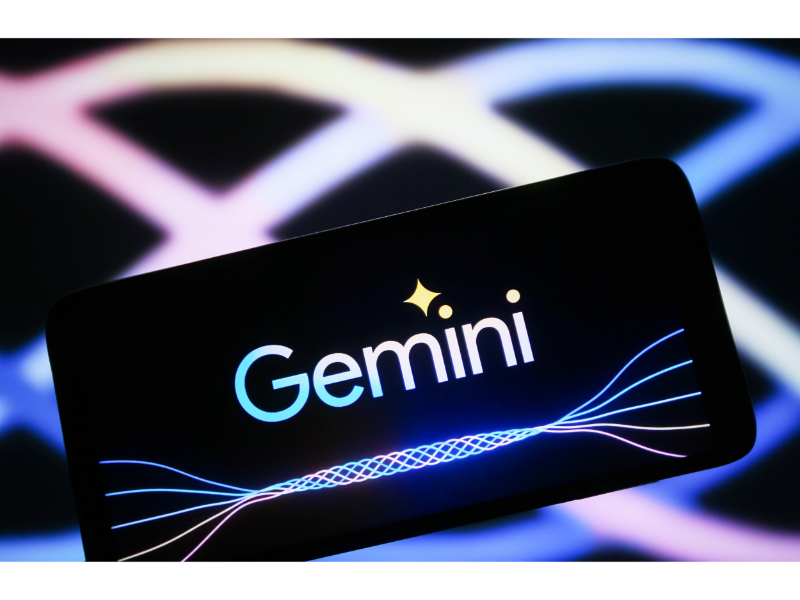- Google introduces Gemini, its advanced AI model, into Google Ads, launching a chatbot to enhance ad creation.
- The chatbot, based on Gemini, assists in generating relevant ad content and optimising search campaigns.
- It leverages AI to suggest terms based on trending searches, aiding advertisers in targeting their audience effectively.
Google is introducing its advanced generative AI model Gemini into Google Ads, launching a dedicated ad assistant chatbot aimed at enhancing the ad creation process. This aims to provide Google advertisers with chat-based experiences, leveraging conversational AI and Google’s expertise in search activity.
The new Gemini-based chatbot will be accessible on the right side of the Google Ads Editor screen, allowing users to interact with it by asking questions and seeking advice to improve their ad approach. By combining user expertise with Google’s AI, the chatbot assists in generating relevant ad content (including creatives and keywords) to help create optimised search campaigns.
AI could address the complexities of SEO
Demand for search engine optimisation (SEO) and search intent optimisation may be highly complex, and with Google’s AI capabilities, the chatbot can suggest the most appropriate terms based on trending searches and user behaviour. For example, advertisers can request variations in their ad copy, and the chatbot will identify more specific matching language consistent with search interests. Additionally, users can request additional ad headlines to optimise their Google Ads by referencing successful ad cases tailored for their specific products in Google’s database. The new chatbot is expected to provide valuable assistance in identifying the right target terms. Whether these changes will encompass both short-tail and long-tail matches to effectively expand ad approaches remains to be seen.
Also read: Google’s Bard chatbot gets the Gemini Pro update globally
Users can generate custom visual effects
Google is also introducing a visual element, allowing users to generate custom visual effects based on images from their product landing pages or create full images in-stream. All images generated by generative AI in Google Ads, including the conversational experience, will be labelled as such. Google is using SynthID to add invisible watermarks to these images and includes open standard metadata indicating they were generated by AI.
Considering the complexity of SEO optimisation, generative AI can serve as an ideal assistant as it can extract from Google’s vast trend data database to highlight terms most relevant and frequently searched for a specific product. While advertisers can conduct this research independently, the Google Ads Assistant tool aims to reduce legwork by quickly finding the best keyword matches and target queries, allowing users to focus on niche opportunities.

